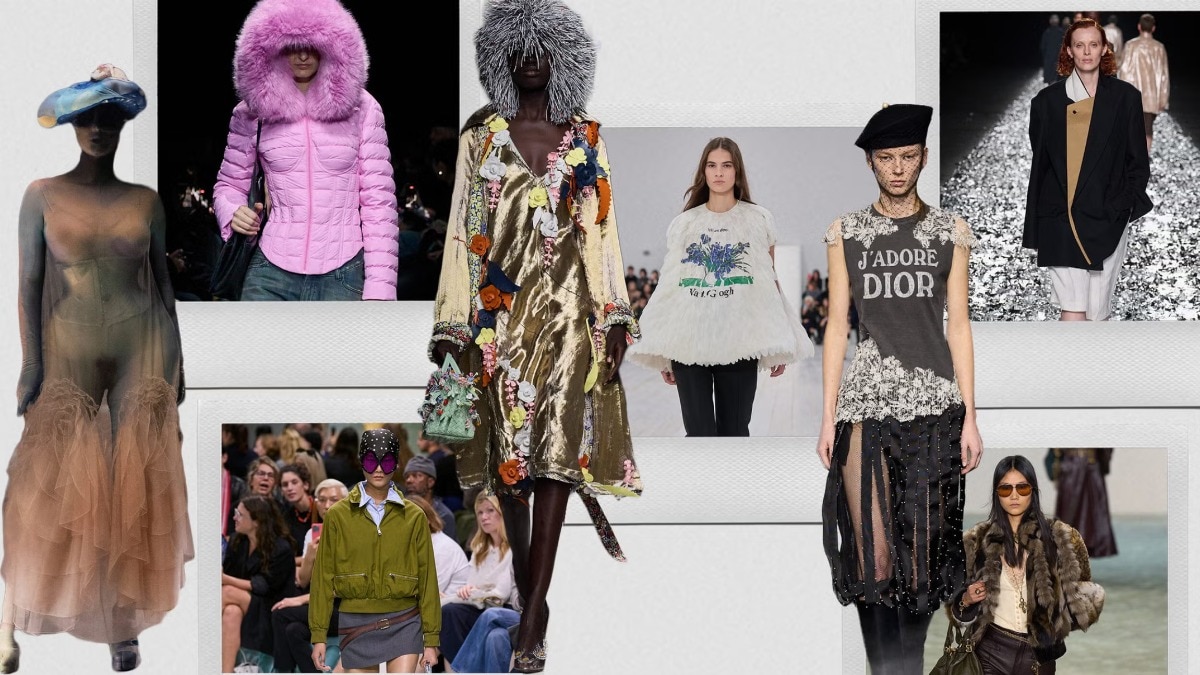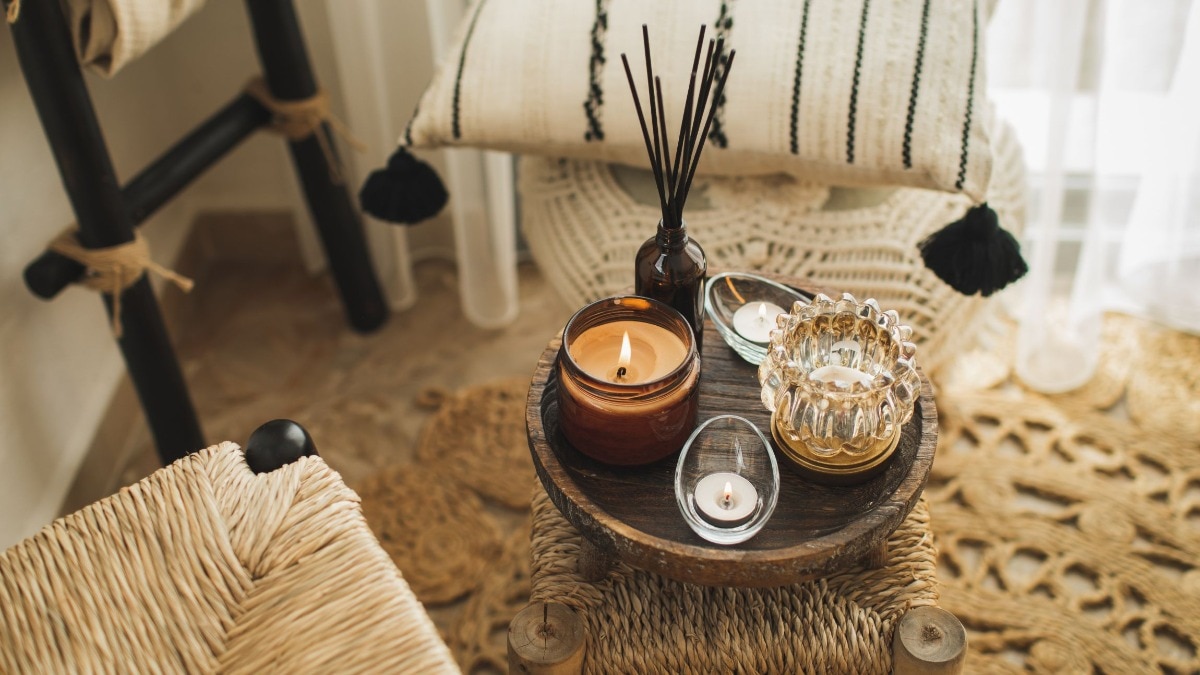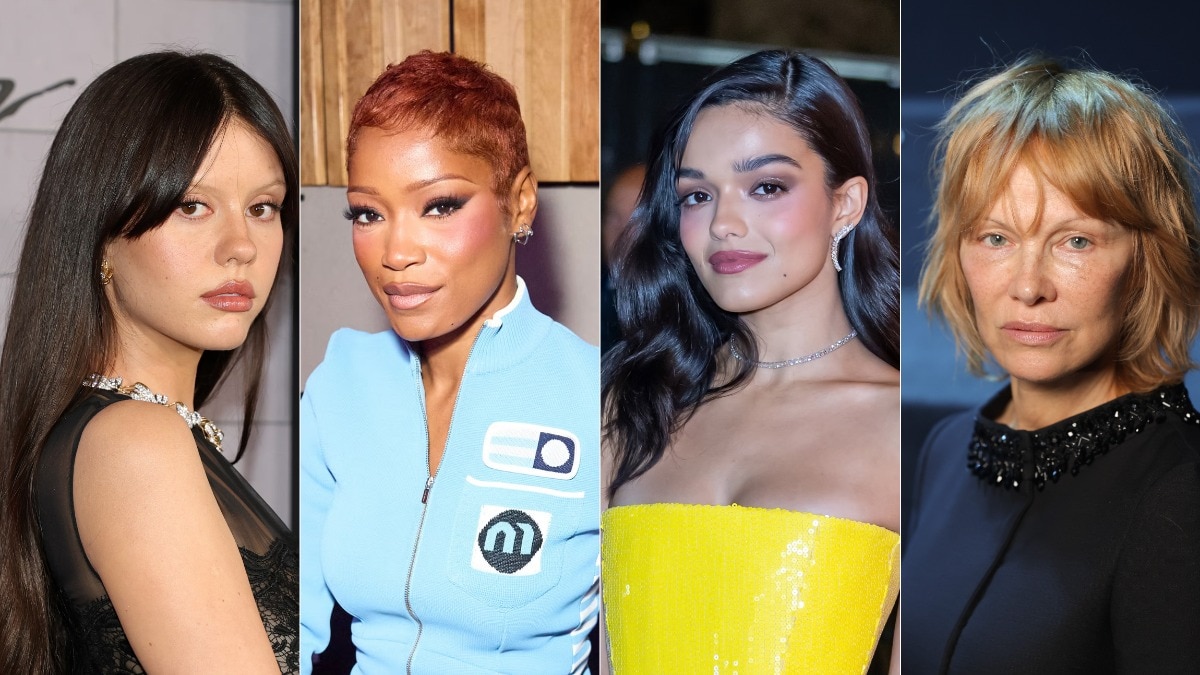
In conversation with Ritu Kumar, the OG Indian fashion designer, on her return to couture week after a decade
She gets candid about her latest collection, the evolving customer, and more.


On a balmy Wednesday evening in the last week of July, fashion lovers from across the city had gathered at the Taj Palace Hotel, New Delhi. It was the second day of the FDCI x Hyundai India Couture Week and there was palpable excitement for the show that was about to begin. Not surprising, considering it was the grande dame of Indian fashion, Ritu Kumar’s return to couture week after a gap of 10 years.
As the show began and models sashayed down the ramp in heavily embroidered classics like the Anarkali kurta, printed saris draped in several ways, lehangas, and shararas, along with western styles like bodysuits, short jackets, and gowns, all elevated by statement-making footwear, think knee-length boots and broad heels, you knew the OG (incidentally the name of the collection as well) was back. The show that incorporated the lexicon of classic Ritu Kumar designs—paisley patterns, vegetable-dye prints, and gold dabka work—was a tribute to a legacy which has weathered the strains of fashion trends and time. It is worn alike by grandmothers and Gen Z—something which was evident as you glanced around at the audience, where most were dressed in one of her creations, age notwithstanding.
Aditi Rao Hydari stunned as the showstopper in a resplendent ivory lehanga with a jacket-style blouse adorned with intricate handwork. But it was the standing ovation that Ms Kumar got at the end of the show that left goosebumps on those of us who have admired her work and her dedication for Indian handlooms and handicrafts for decades.

A day before the show I meet her at her farm house on the outskirts of Delhi. Her living space is a reflection of her personality where every square foot is aesthetically designed and decorated. Large terracotta vases and Bankura horses peeping through green foliage greet me. Her living room, where I wait for her, has a wallpaper from the Ritu Kumar Home collection, beautiful upholstery and striking hand-embroidered cushions add to the charm of the room. Art works from renowned artists adorn the walls, reflecting her personal taste.
“It is just an impression because we have not been participating in couture shows. But we have been doing couture all these years,” she says when I mention her returning to couture week after a decade. “First, I was working for the revival of Banaras with Lakme Fashion Week. It was a big show because we invited all the weavers etc. It had to do more with me reviving the art of weaving,” she explains. Post that, she worked with the Rajasthan government for a show on Ajrakh, Bandhini, and other textile crafts of the state. “Thereafter came Covid and so that was the end of that. It’s not that I’ve been away from the ramp, but I’ve been away from this particular section, which is always more bridal than couture. Our bridal wear was going on the way it was. And so I didn’t need to do this till now, and therefore, the gap,” she says.

While bridal fashion has changed over the years with the tastes of the millennial and Gen Z brides varying
from their mothers', Kumar says it doesn’t completely change the landscape of her work. “Our work is very dependent on craft, and I want to keep it like that,” she says. However, she does admit that styling has changed for the new generation of fashion enthusiasts.
“When I look at the bridal line that I did when I started out, I feel like laughing because it was so elementary,” she smiles. Of course, there were many constraints. For instance, artisans in the villages did not have enough space in heir homes, which meant they couldn’t transfer the design from the khaka (design drawn on butter paper before embroidering) to the fabric. “So I did the next best thing. I started block printing outlines so that they could have the khaka. And that became a tradition with us. We would first draw the pattern, then give it out to the workers, and then get embroidery done the way we wanted to. So there was always a layering of two, or maybe three crafts,” she explains.
Adding that things have changed now, she says, “We’re not only doing bridal wear, but also doing couture outfits that people can wear to a dinner or a party but are still quite exquisite. These are also styled in a way that appeal to the millennial. Our bridal line has become more complex. We’re not just making lehanga choli, sometimes we also make cloaks and capes. So there is a fun element to it.” Keeping a younger audience in mind, the new collection included velvet trouser suits in mocha; a western frock-meets-Angrakha, giving it a new character; and even a zardozi-encrusted swimsuit, a first-of-its-kind worn with a long jacket.

Kumar says that even if there is a fun element, the core of the line will never change. “I don’t think I can ever do a little black dress in lycra for the ramp, though when it had to be done, I did do it and even exported it. I used to design two collections a year for the export market, but it’s not what I have worked on all my life.”
She believes we have always had couture in India, but it’s now that we are finding new ways to define it. “Most of our weaving, let’s say, the Paithani or the Patola saree, takes a year and a half to be made.” Compared to other countries where all their crafts have been assigned to museums, in India it is still a living tradition. “We’ve been clothing the world and it’s lovely to be able to find that richness in our work,” she says.
In October 2021, Reliance Retail Ventures Ltd (RRVL) acquired a 52 per cent stake in her company, Ritika Pvt. Ltd that owns Ritu Kumar, Label Ritu Kumar, RI Ritu Kumar, aarké, and Ritu Kumar Home and Living. Kumar says the tie-up means her work is available across the country and is accessible to the various strata of society. “The richness in Indian textiles is so large that if I stay with only a bridal line, I won’t feel like I’m doing justice to the textile tradition. And it’s not necessary that whatever you buy from us has to be a strain on the pocket.”
Amrish Kumar, the designer's younger son and managing director of Reliance Ritu Kumar (the way the company is referred to post the acquisition) has played an important role in designing the new collection, inspired by her archival pieces. “It’s never about one person. We have a full design team. Because to make five collections, you need to have a lot more efforts going into the designing,” she says adding that her role is now more advisory. So where does she feel the Indian fashion industry is headed? “The Indian fashion industry has come a full circle. From having gone off the map, it is today one of the most vibrant and sought-after in the world,” she signs off.
Lead photo caption: Ritu Kumar with her showstopper, Aditi Rao Hydari at India Couture Week










